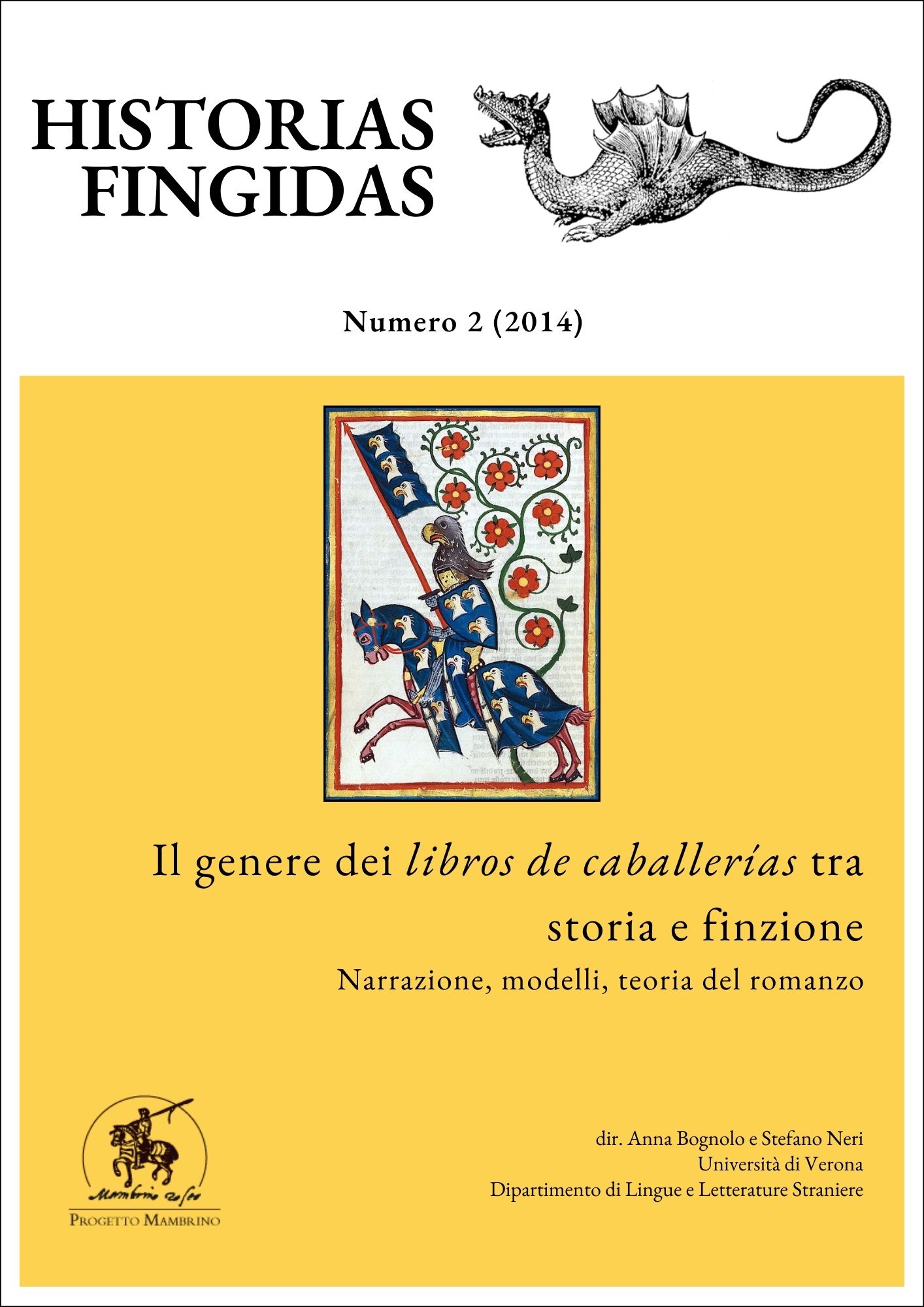Subtly altering the textual tradition: elements of religiousness in Tristan de Leonis
DOI:
https://doi.org/10.13136/2284-2667/18Keywords:
Tristán de Leonís, rewriting, adultery, religion, suicideAbstract
The medieval corpus pertaining to the loves of Tristán and Isoe (or Isolde) disseminated the image of the protagonists throughout Europe as representative of a deep, passionate adulterous love, plagued with obstacles and greatly removed from the existing moral, religious and social norms which led the beloved to their untimely deaths. The Castilian version of Tristán de Leonis, first published in 1501, combines superficial religious features common to medieval manuscripts with retouched postscripts in such a way that the final episodes of the edition appear to be an ideological correction suggestive of presenting the lovers as true christians not only to avoid condoning adulterous affairs but also to eliminate any suggestion of suicide and homicide by the lovers.
Las obras medievales sobre los amores de Tristán e Iseo (o Isolda) difunden por toda Europa la imagen de los protagonistas como representantes de un amor apasionado, adúltero y cargado de obstáculos, de intensidad extraordinaria, ajeno a las normas morales, religiosas y sociales, que acaba conduciéndolos a la muerte simultánea. La versión castellana del Tristán de Leonís que se imprime por primera vez en 1501 combina expresiones superficiales de religiosidad, que ya aparecían en los manuscritos medievales, con añadidos que hacen de los episodios finales de la obra una rectificación ideológica conducente a presentar a los protagonistas como buenos cristianos, a evitar la aprobación implícita del amor adúltero y a suprimir las sugerencias de suicidio de los personajes principales.
Downloads
Published
Issue
Section
License

This work is licensed under a Creative Commons Attribution-NonCommercial 4.0 International License.
Authors must attend to the following conditions:- Authors will mantain the copyright of their work and leave to the journal first publishing rights, simultaneously licensed by a Creative Common License - Attribution - No Commercial Use that permits other researchers to share the work indicating the intellectual property of the author and the first publishing in this journal not for commercial use.
- Authors can adhere to other license agreements not exclusive to the distribution of the published version of their work (for example: include it in an institutional archive or publish it in a monografic book), with the agreement of indicating that the first publishing belongs to this journal.
- Authors can disseminate their work (for example in institutional repositories or their personal website) before and during the submission procedure, as it can lead to advantageous exchanges and citations of the work (see also, The Effect of Open Access).

